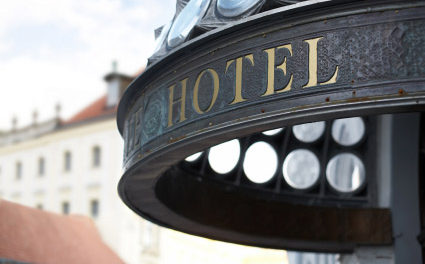There are times when my travel schedule even makes me shake my head. Like the time I flew across the country twice — Philadelphia to Los Angeles to New York — in 4 days. Or the time I had to fly to London for a 2-hour meeting. I left Chicago Sunday night, touched down at London-Heathrow Monday morning, headed to the customer’s office for a 10am meeting, had lunch at a near-by pub, took a car back to Heathrow, and caught the 5pm flight back to the U.S.
When I “twittered” or “tweeted” – pick your Web 2.0 verb – about the London meeting, the @ replies were not surprising: “In today’s economic perspective, what about this meeting requires your physical presence instead of video/web conferencing?” “Haven’t they ever heard of WebEx? or GoToMeeting? or are you more important than you’ve ever let on?”
If I were really important, people would be flying to see me, so that’s not the answer. In the case of the London meeting, we had done all of our prior meetings and checkpoint reviews via teleconference. I would send the slide deck to everyone by e-mail and use teleconferencing to do a low-bandwidth page flip over the phone with participants spread out across the world – the US, the UK, Kenya, Thailand and other destinations. But this was the final meeting, and we were delivering some tough messages. Call me “old school,” but I think bad news is best delivered personally, face-to-face. Video conferencing is better than a phone call, but there’s still too much separation.
There have been many times I would have loved to hide behind technology. During the dot com bust, I had to close down our Toronto office – an office full of people I had personally hired. It would’ve been a lot easier to do exit interviews via teleconference, but that was just too impersonal. Instead, I sat in a small windowless office all day doing back-to-back 20-minute exit interviews with the entire staff. I think being there live showed them more respect than a videoconference would have … that they were worth me inconveniencing myself by flying to Toronto.
My meeting in London wasn’t near as traumatic, but we were doing some truth-telling and I needed to be able to read the expressions of the people receiving the news. Videoconferencing just doesn’t have that fidelity. At least not yet. A recent edition of Gartner’s annual “Hype Cycle for Emerging Technologies” report cited “video telepresence”, their term for a sort of high-def, IMAX-like videoconferencing set-up that supports “virtual meetings”, as “being on the brink of widespread adoption.”
According to Gartner, video telepresence set-up uses “broadcast quality cameras and typically a set of three 50-inch plasma screens in specially designed rooms. A telepresence room is usually limited to six users sitting along one side of a conference table with two seats facing each screen. A lifelike effect is achieved by placing cameras behind the screens, so live participants are shown staring directly into the eyes of the remote person.” They predict that use of these high-end telepresence rooms will be much higher than traditional videoconferencing rooms.
Sounds enticing, especially whenever the TSA announces another new security “enhancement”. But it’s not a lack of resolution or eye contact that keeps videoconferencing from replacing in-person meetings. It’s what happens before and after the meeting — the handshake, the casual conversation while walking out the door. You can’t build a relationship through a videoconference. So, until these units come with automated arms that can transmit a pat on the back, I’m still going to rely on travel.





